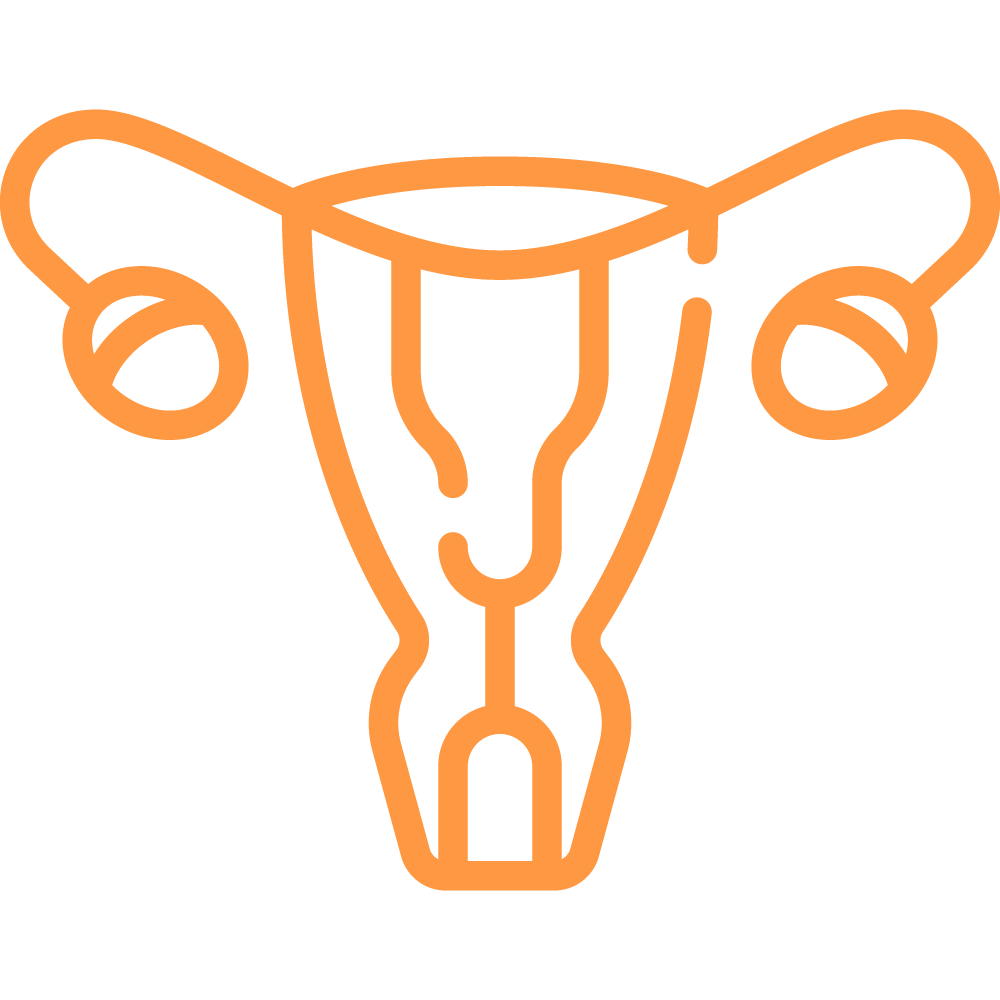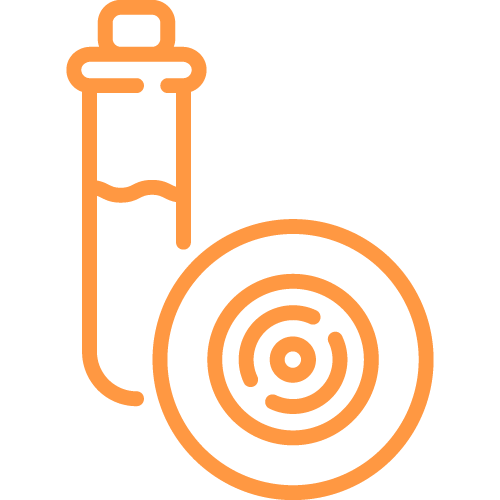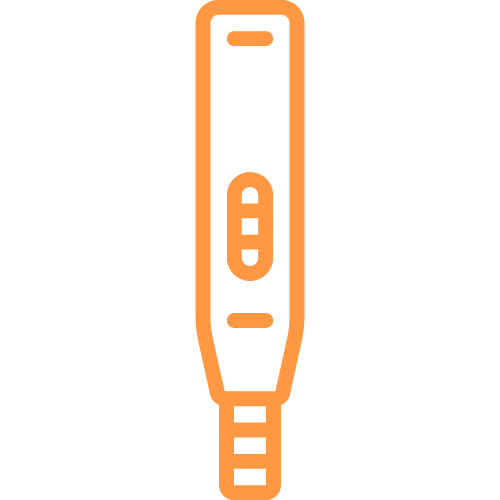Double stimulation
Start of stimulation
Traditionally, stimulation begins in early follicular phase on day 2-3 of the cycle, in order to achieve the greatest synchronization in follicular development and a greater use of each patient’s ovarian reserve; in accordance with the idea of the existence of a single wave of follicular recruitment in the cycle.
New discoveries
Recently, thanks to the new theory of multiple waves of follicular recruitment in the same cycle, a new stimulation protocol has been developed known as double stimulation, that is, a first stimulation in follicular phase and a second in luteal phase.
Double stimulation
This second stimulation begins between 3-5 days after the egg retrieval from the follicular phase, and allows for the retrieval of a higher number of eggs in a single cycle. The entire stimulation process is monitored by serial ultrasounds, for which our specialists are available seven days a week.
In both cases, when the follicles reach the appropriate number and size, a hormone called GnRH analog is administered to complete the maturation of the eggs, with the egg retrieval scheduled around 36 hours after administration.
Indications
This protocol is considered especially indicated in patients in whom time is critical, such as cancer patients, women with low ovarian reserve, or advanced maternal age.
Technique
- Step 1: Ovarian puncture
- Step 2: Fertilization in the laboratory
- Step 3: Embryo culture
- Step 4: Embryo vitrification
- Step 5: Embryo transfer
- Step 6: Confirmation of pregnancy
- Step 7: Finally, the Ultrasound

This consists of the aspiration of the already mature eggs under ultrasound guidance and with mild sedation, so that the patient does not feel any discomfort. The procedure lasts about 15 minutes.
On that day, it is recommended not to perform activities that require all of your ability, such as driving, even if you feel perfectly well.

Once the eggs have been obtained, they are inseminated with the sperm from your partner, which has been previously prepared in the laboratory. The selection of sperm can be carried out using a technique called MACS, magnetic immunoselection of sperm, with greater capacity to fertilize the egg, or by conventional capacitation methods.
Fertilization can be performed by IVF, for which the biologist brings each egg into contact with about 25 to 50,000 previously selected sperm, and allows fertilization to occur on its own. Alternatively, it can be performed by ICSI, which consists of inserting a single sperm into the cytoplasm of the egg by puncturing it with a fine pipette. This last technique is used mainly in severe sperm abnormalities, poor egg quality, valuable or scarce eggs, advanced maternal age, suspicion of low fertilization rate, cases with previous failure of conventional IVF.
TESE is an ICSI with sperm obtained by testicular biopsy. It is indicated when there are no sperm in the ejaculate (azoospermia), but there are in the testis, or when the sperm suffer major damage in the process of leaving.

The embryos are cultured and observed in the laboratory for a period of 5 to 6 days. For this, we have modern incubation techniques to monitor the evolution of the embryos in real time (morphokinetics). We have incubators equipped with time-lapse technology, which incorporates an image capture system, which allows us to observe the evolution of the embryos from their fertilization to the blastocyst stage. This gives us very stable culture conditions, thus improving embryo quality. This makes it possible to select the best embryos.

The embryos resulting from double stimulation cannot be transferred in that cycle and are vitrified; this is a method of ultra-rapid freezing in which the embryos, go from room temperature to -196ºC, thus preventing the formation of crystals and 100% survival of the same after devitrification. Once vitrified, the embryos are stored inside straws using a closed system that prevents them from coming into contact with the liquid nitrogen in which they are immersed for storage, thus ensuring the highest safety conditions.

Usually, devitrification of a single blastocyst and subsequent transfer are performed, either in a natural cycle or through a substituted cycle with administration of estrogen and progesterone, in order to achieve optimal endometrial development for embryo implantation. The transfer process itself consists of the introduction of the embryo into the uterine cavity. To do this, a speculum is placed in the vagina and a fine cannula is introduced that carries the embryo that is deposited in the uterus under ultrasound control. This process is quick and painless.
After the transfer we recommend relative rest for that day and then return to your usual activity. It is only recommended to avoid violent efforts and sports for the following two weeks. Travel is not a problem.

It can be performed by determining BHCG in blood 10 days after embryo transfer.
Or perform a urine test 14 hours after the transfer.
Until confirmation, the medication prescribed on the day of transfer must be continued.

After 15 days of the BHCG analysis, an ultrasound is performed to confirm the number of embryos that have implanted and the presence of a heartbeat. And it is recommended to maintain hormone replacement treatment, at least until week 10 of gestation.
Treatment Price
Patients who come to Fertia are informed from the very first moment with complete transparency about the cost of our treatments.
If you have any questions, consult our team.
In Vitro Fertilization Double stimulation
Treatment includes:
First Visit.
Oocyte retrieval.
Fertilization.
Embryo culture.
Embryo vitrification.
Ultrasound.
€ 3,395
Treatment includes:
Oocyte retrieval.
Fertilization.
Embryo culture.
Embryo vitrification.
Ultrasound.
€ 3,000
Treatment includes:
Endometrial preparation.
Embryo thawing.
Embryo culture.
Embryo transfer.
Ultrasounds.